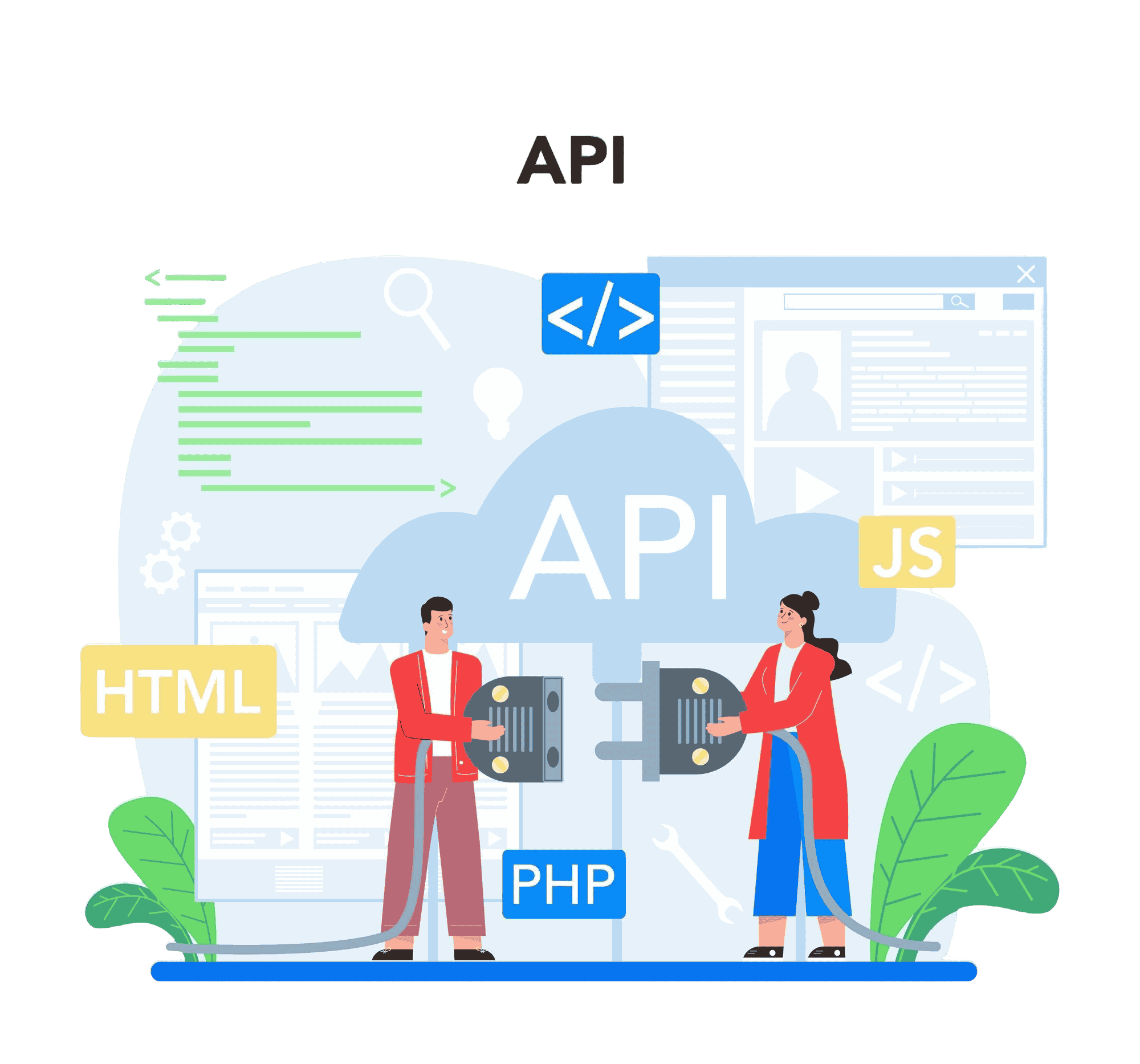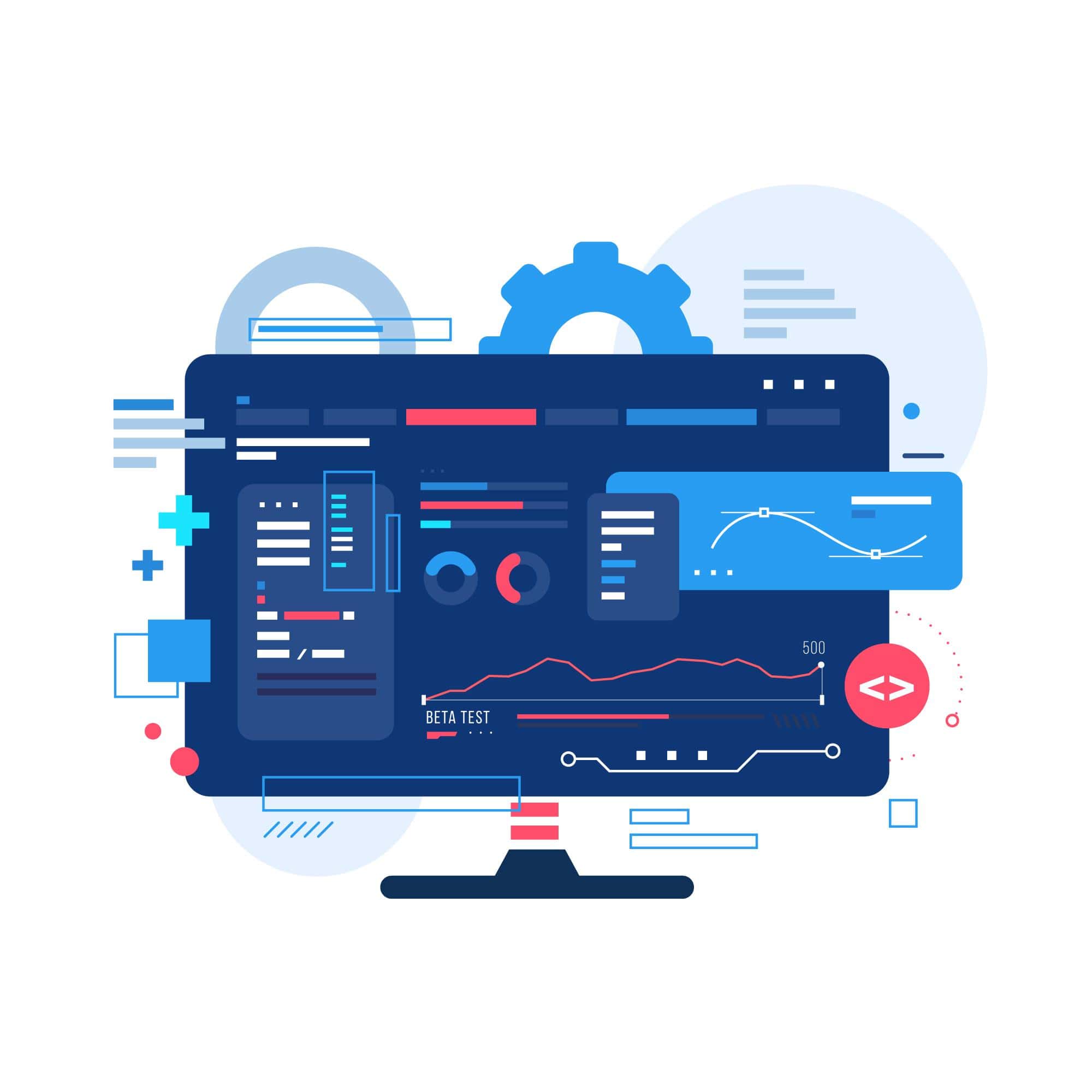.png)
Functional Programming, Object-oriented Programming: Which is Better?
In the world of software development, there are two main types of programming: functional programming or design-based programming. Each has its own strengths and weaknesses to help developers know when to use one over the other. Whether you're developing web applications, software, or running enterprise systems, choosing between these models can have a big impact on the efficiency and maintainability of your code. But which one is better? Let's dive in.
Dig deeper into these two concepts and see how they compare.
Functional Programming
Function Programming (FP) is a declarative programming model that describes computer logic and functions. In functional programming, functions are considered elements of the first class, meaning they are passed as arguments, returned by other functions, or stored in data structures.
The main idea about the function is immutability: the data cannot be changed after it is created. Instead, new data structures are created by copying previous structures and modifying them. This eliminates side effects and makes it easier to think about the behavior of the subject.
Key Words for Functional Programming
- Pure functions: A pure function is a function whose output depends only on inputs that do not change any external condition.
- Immutability: Data is immutable and ensures no changes to its current state, thus improving reliability.
- First-class functions: Functions can be passed as arguments, returned as values, and stored in variables.
- Higher-order functions: These are functions that can take other functions as arguments or returns.
Functional Programming Advantages
The argument is simple: pure functions make it easier to predict the output based on the inputs.
Consistency: Since the data is arbitrary, functional programs can support parallel and convergent processing.
Modification and reuse: With features like building blocks, the code can be completely changed and reused.
However, exercise programs may not be suitable for all situations. Some developers find it difficult to minimize, especially when working with real-world applications that require state management.
Object-Oriented Programming
Object-oriented programming (OOP), on the other hand, is programming based on the concept of "things": entities that contain data (attributes) and processes (functions). The main goal of object-oriented programming is to model real-world problems in code by organizing data into objects that interact with each other.
Basic Concepts of Object-Oriented Programming
- Encapsulation: Objects encapsulate data and methods, keeping them safe from outside interference.
- Inheritance: Objects can inherit properties and behaviors from other objects, reducing code duplication.
- Polymorphism: Objects can take many forms, increasing code flexibility and reuse.
- Abstraction: Object-oriented programming hides the complexity of the system by allowing users to interact with objects through a simple interface.
Object-Oriented Programming Advantages
Real-world modeling: Object-oriented programming is ideal for modeling real-world entities and their interactions, to be understood by many developers.
Code reuse: With inheritance and polymorphism, developers can reuse code directly.
Simplicity: Encapsulation and abstraction make OOP-based systems easier to maintain by reducing code duplication and complexity.
Extensibility: Systems based on object-oriented programming can be extended by introducing new objects and behaviors without much rewriting.
Although the advantages of object-oriented programming have made it very popular, especially in large systems, it sometimes leads to very complex hierarchies and related code if not properly designed.
Program-based vs. Functional Programming: Fundamental Differences
The debate between object-oriented and functional programming has continued for years, with developers questioning which paradigm is more appropriate for modern software development. Here we analyze their differences:
1. State Management
In object-oriented programming, objects retain their state, and this state can be changed by other objects.
In functional programming, state is immutable, and any change results in the creation of a new object or data structure. This reduces side effects and makes debugging programs easier.
2. Code Structure
An object-oriented approach focuses on objects and their interactions. Code is often built around classes that define the properties and methods of an object.
Functional programming focuses on functions. The entire program is created as a set of functions that interact to achieve the desired result.
3. Reusability and Modularity
Object-oriented programming promotes reuse through inheritance and polymorphism. However, overuse of inheritance can lead to interconnected systems that are more difficult to maintain.
Functional programming emphasizes reuse through pure and higher-order functions. Each function can be reused without worrying about the overall state of the system.
4. Concurrency
Object-oriented programs can struggle with concurrency, especially when multiple threads need to access and modify shared state.
In contrast, functional programming naturally supports concurrency through immutability. Since no state is modified, multiple functions can be executed in parallel without conflict.
5. Readability and Ease of Maintenance
OOP code can be difficult to maintain as it grows, especially with deep inheritance trees and complex object interactions.
Functional programming, with its focus on pure functions, tends to be easier to test and maintain. However, the abstract nature of functional code can make it harder for newcomers to understand.
Which is Better: Function-Oriented or Object-Oriented?
The answer depends on the context. If you are working in a system where data is constantly changing and interacting with objects and modifying them, object-oriented programming may be the best solution. Its advantages, such as inheritance, encapsulation, and polymorphism, are ideal for large-scale applications.
However, if you focus on high-level abstractions, mathematical computations, or projects that require heavy concurrency, functional programming might be the better solution. Its immutability and pure function focus result in fewer side effects, better stability, and overall performance.
Conclusion
In the debate between object-oriented and functional programming, neither approach is clearly superior. They are simply different ways to solve problems. Understanding their strengths and weaknesses allows developers to make informed choices.

